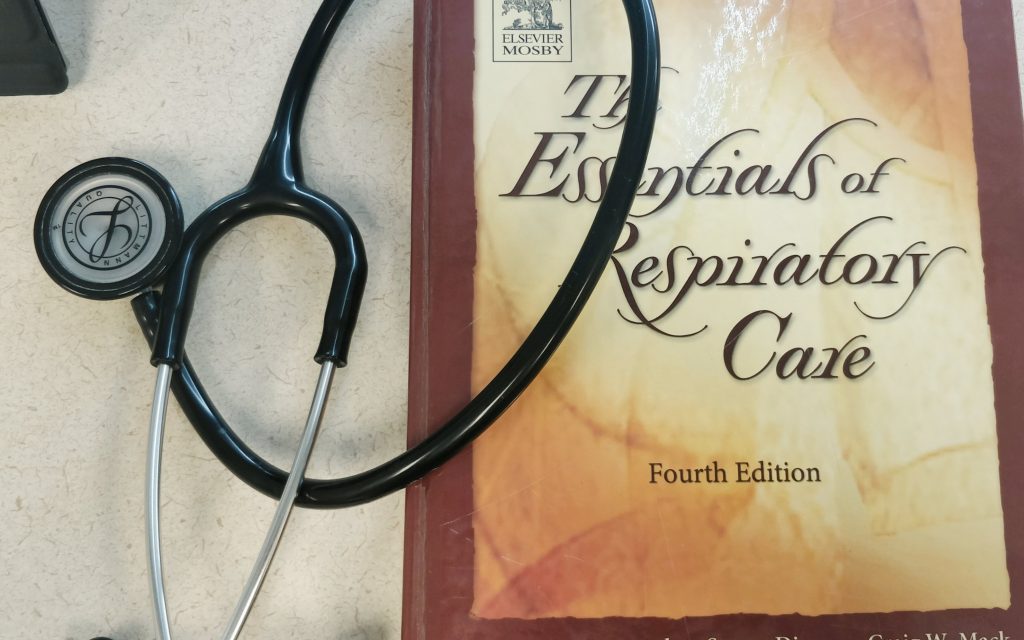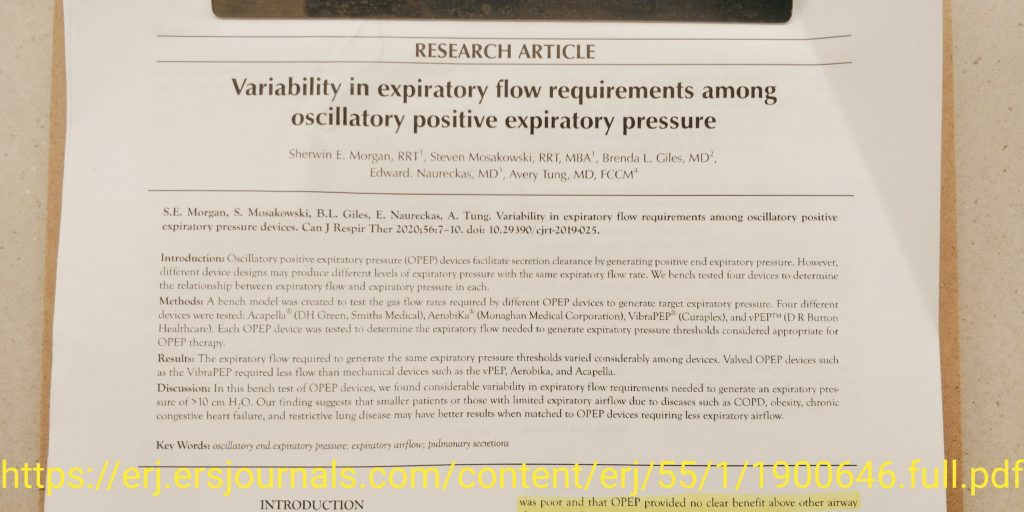Our Pulmonary Function Lab has been closed for the past two days to reduce the risk of transmission to patients, especially the vulnerable populations. Things are changing daily, and there many unknowns. (To non-clinicians reading this, we do know proper hand hygiene and social distancing works!)
I have worked full time in a PFT setting over the past 5 years. With PFT lab closed, and a chance for deployment to other units, I need to do some reviewing!

The Essentials of Respiratory Care, Fourth Edition, by Robert M. Kacmarek, Steven Dimas and Craig W. Mach is one of my resources. This textbook was not actually a resource during my studying, however, it was a recommendation by one of the instructors (shout out to Paul Smith at The Michener Institute). Since I have not been trained in the acute care setting of my hospital, I don’t know about many of the protocols, selection of equipment and policies. I am still going to use this opportunity to review some respiratory care knowledge.
Do you have any up to date, open access and free resources to recommend?
Farzad Refahi
www.Respiratory.Blog/AcuteCareReview/
[End]


